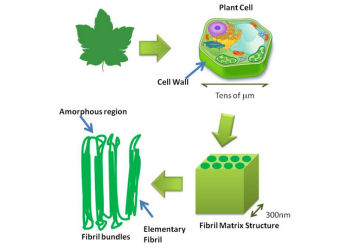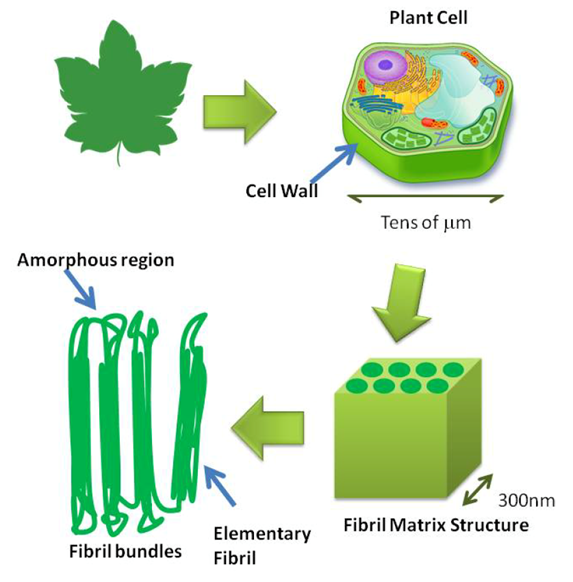 Formal discovery of cellulose, the structural material of plants, dates 1838 in the work of Anselme Payen,1 a French chemist also known for the discovery of the enzyme diastase. Cellulose technological importance is mainly connected to paper industry, even if cellulose derivatives, like rayon and cellophane, are part of our life for decades.
Formal discovery of cellulose, the structural material of plants, dates 1838 in the work of Anselme Payen,1 a French chemist also known for the discovery of the enzyme diastase. Cellulose technological importance is mainly connected to paper industry, even if cellulose derivatives, like rayon and cellophane, are part of our life for decades.
Additional challenges are connected to industrial and academic research on the conversion of cellulose into biofuels or into other high-value products. From the chemical point of view, cellulose is an organic polymer. Yes, organic, as every component of living cells and living organisms that are made of chemical compounds organized in a smart and a self-reproducing complex architecture. So, cellulose is a natural and renewable material, a natural polymer and a chemical compound.
Cellulose is a linear polymer of β-D-glucopyranoside units connected to each other via 1,4-O-glycoside bridges. (Fig. 1) Cellulose linearity is given by the equatorial disposition of the anomeric bonds. In addition, cellulose is unbranched. The further rigidity is conferred to the polymer chain by the existence of intramolecular H-bonds from the 3-OH groups to ring oxygen atoms. This intramolecular interaction is made possible by rotation of each repeating unit of approximately 180° with respect to the neighbors. An additional intramolecular H-bond interaction may be established between 2-OH groups and O(6). The linearity confers high propensity to establish further intermolecular H-bonds: this aspect is important, because during the biosynthesis, and depending on the conditions of biosynthesis, cellulose chains spontaneously aggregate into fibers. It is the cooperative formation of multiple interchain hydrogen bonds which is responsible for fibers formation and of cellulose scarce solubility.
Fig.1 Chemical structure of cellulose
Cellulose aggregates (fibers) produced by plants and bacteria are part of a well-organized hierarchical structure, possessing featureless as well as crystalline domains, kept together by multiple H-bonds. This particular self-assembled hierarchical structure, alternating amorphous and rigid crystalline domains, endows natural organisms with the necessary functionality, flexibility and mechanical strength/weight performances to carry out their biological function. In the final assembly, cellulose fibers are embedded in a matrix of featureless polymers. In most plants, the matrix contains amorphous cellulose as well as hemicellulose and lignin. In the following cartoon, different magnifications on the structure of a leave show the presence of a plant cell (tens of micrometers), a polymeric matrix, normally containing cellulose fibers and amorphous cellulose, hemicellulose and lignin, and the structure of a cellulose fibers bundle.
1 Anselme Payen, “Mémoire sur la composition du tissu propre des plantes et du ligneux”, Comptes Rendus, 1838, 7, 1052-1056.
This article is part of an action of dissemination of knowledge and results of the project SolarLeaf, CO-FOUNDED BY COHESION AND DEVELOPMENT FUND 2007-2013 – APQ RESEARCH PUGLIA REGION “REGIONAL PROGRAMME SUPPORTING SMART SPECIALIZATION AND SOCIAL AND ENVIRONMENTAL SUSTAINABILITY – FUTUREINRESEARCH”, PROT. F6YRAO1.
Copyrights of this article belong to Alessandra Operamolla. All rights reserved.
